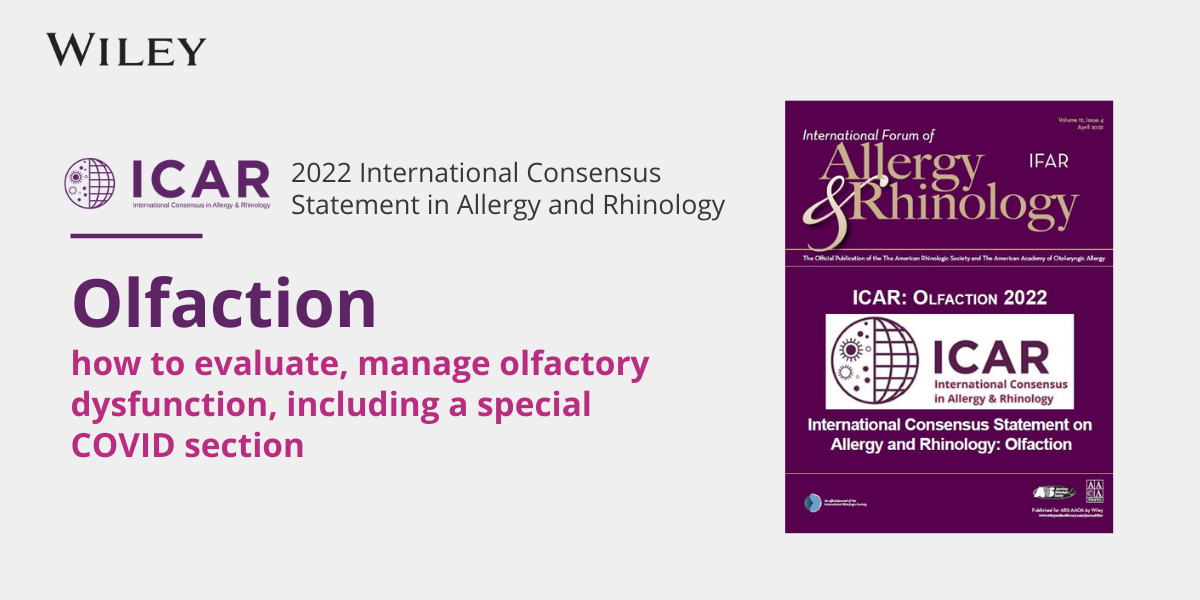Still deciding whether to register for the upcoming Explorers Course 2026?Take a moment to watch these highlights shared by attendees from the previous course.Their firsthand experiences offer valuable insight — and demonstrate why the Explorers Course 2026 is one you…
OSHA COVID-19 Vaccination & Testing Emergency Temporary Standard
On Friday, November 5, the Occupational Safety and Health Administration (OSHA) issued an interim final rule with comment period establishing an emergency temporary standard (ETS) for employers with 100 or more employees.[1] Under the ETS, covered employers must develop, implement, and enforce a mandatory COVID-19 vaccination policy, unless the employer instead adopts and enforces a policy requiring employees to either get vaccinated or elect to undergo regular COVID-19 testing and wear a face covering at work in lieu of vaccination. All covered employees must be either fully vaccinated or be subject to weekly testing by January 4, 2022.[2] Fully vaccinated, for purposes of the ETS, means two weeks after the second dose in a two-dose series (e.g., Pfizer, Moderna) or two weeks after a single dose vaccine (Johnson & Johnson). On Saturday, November 6, a federal appeals court granted an emergency stay of the requirement, blocking enforcement of the rule.
The ETS requires employers to obtain proof of vaccination via any of the following:
- Record of immunization from a healthcare provider or pharmacy
- Copy of the COVID-19 Vaccination Record Card
- Copy of medical records documenting vaccination
- Copy of immunization records from a public immunization information system;
- Copy of another official document verifying vaccination with the name of the vaccine, date of administration, and name of the administering professional/clinical site;
- Attestation of vaccination, only if the employee is unable to produce acceptable proof of vaccination and if the employee signs and dates the statement attesting to vaccination status, stipulating that they are unable to provide proof; and acknowledging that providing false vaccination information may subject the employee to criminal penalties.
Employers that opt to not mandate full vaccination of their workforces or who have employees who are entitled to reasonable accommodation or have a medical contraindication to vaccination must ensure that unvaccinated workers are tested weekly for COVID-19. The ETS does not require employers to pay for any costs associated with testing. Employer payment for testing may, however, be required by other laws, regulations, or collective bargaining agreements. In addition, nothing prohibits employers from voluntarily assuming the costs associated with testing. Any test that is cleared, approved, or authorized (including emergency use authorization) by the Food and Drug Administration meets this standard, including antigen tests. Tests, however, cannot be both self-administered and self-read, unless observed by the employer or an authorized telehealth proctor. Employers are not required to provide on-site testing and may rely on laboratory-based or point of care testing obtained by the employee. Employers must maintain a copy of each test result for each unvaccinated employee. Employers must also ensure that unvaccinated employees wear face coverings indoors or when occupying a vehicle with another person for employment purposes.
In the rule and its FAQ, OSHA states that it has determined that there is adequate testing capacity and supply to meet the testing requirements of the ETS, but has structured the ETS to encourage vaccination. Per OSHA (QA 6.N.), “even if most employers were to forgo [requiring vaccination] and most of their employees were to choose not to be vaccinated, there would still be adequate testing capacity.”
The ETS also requires covered employers, whether or not mandating vaccination, to provide support for employees to get vaccinated, including up to four hours of paid time off to receive each primary dose of the vaccine (not including booster doses) and reasonable paid sick leave for side effects. This paid time off may run concurrently with existing sick time or paid time off, but employers may not require employees to use designated vacation pay for side effect time off.
The ETS also requires employers to require employees to promptly provide notice upon receipt of a positive COVID-19 test or diagnosis; immediately remove any employee that receives a positive COVID-19 test or diagnosis; provide information to employees about the vaccine or testing requirement; vaccine safety and efficacy; protections against retaliation and discrimination; and laws prohibiting false statements and documentation.
States that administer their own OSHA programs covering private-sector workers must either adopt the federal standards or implement a regulation that is at least as effective as the OSHA standard.[3] OSHA states that its requirements preempt any inconsistent state or local laws, including state bans on vaccination, masks, or testing. The OSHA standard does not preempt federal requirements for reasonable accommodations or other worker protections.
Compliance dates are as follows:
| Requirement (and corresponding paragraph in rule) | December 5, 2021 | January 4, 2022 |
| Establish a policy on vaccination (d, page 61552) | X | |
| Determine vaccination status of each employee, obtain acceptable proof of vaccination, maintain records and roster of vaccination status (e, page 61552) | X | |
| Provide support for employee vaccination (f, page 61553) | X | |
| Ensure employees who are not fully vaccinated are tested weekly (g, page 61553) | X | |
| Require employees to provide notice of positive COVID-19 test or diagnosis and remove any employee with a positive COVID-19 test or diagnosis (h, page 61553) | X | |
| Ensure employees who are not fully vaccinated wear face coverings when indoors or when occupying a vehicle with another person for work purposes (i, page 61553) | X | |
| Provide information to each employee about the OSHA ETS and standards and various other information (j, page 61554) | X | |
| Report work-related COVID-19 fatalities to OSHA within 8 hours and work-related COVID-19 hospitalizations within 24 hours (k, page 61554) | X | |
| Make certain records available to OSHA as requested (l, page 61554) | X |
OSHA and other agencies have provided several resources to help employers and employees understand the new vaccine/testing ETS. Resources include:
- Employer policy template for mandatory vaccination
- Employer policy template for vaccination or testing and face covering
- OSHA ETS FAQs
- OSHA ETS summary
- OSHA ETS webinar
- EEOC: What You Should Know about COVID-19 and the ADA, the Rehabilitation Act, and other EEO Laws
[1] The rule generally applies to all employers with 100 or more employees, with certain exceptions including that it does not apply to employees who do not report to a workplace where other individuals are present; employees while they are working from home; or employees who work exclusively outdoors. The rule does not apply to workplaces covered under the Safer Federal Workforce Task Force COVID-19 Workplace Safety: Guidance for Federal Contractors and Subcontractors. It also does not apply to settings where employees provide healthcare services when subject to the requirement of the OSHA Healthcare ETS (29 CFR. 1910.502).
[2] Employees that have received the full vaccine course by January 4, 2022 are considered fully vaccinated, even if they have not yet completed the two week waiting period.
[3] States with their own OSHA programs include Alaska, Arizona, California, Connecticut, Hawaii, Illinois, Indiana, Iowa, Kentucky, Maine, Maryland, Michigan, Minnesota, Nevada, New Jersey, New Mexico, New York, North Carolina, Oregon, Puerto Rico, South Carolina, Tennessee, Utah, Vermont, Virginia, Washington, Wyoming, and the US Virgin Islands.




